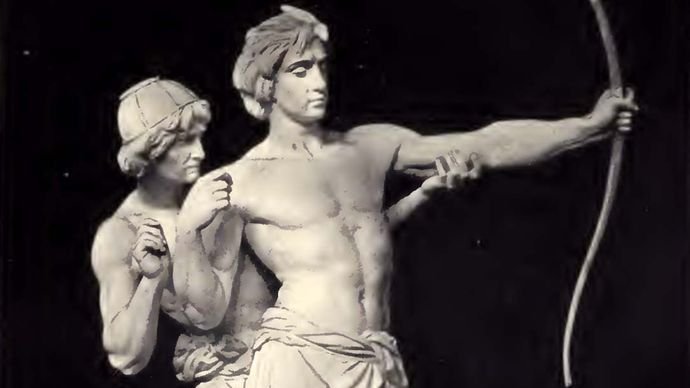Loki, in Norse mythology, a shrewd trickster who had the ability to change his shape and sex. His father was the huge Fárbauti, he was included amongst the Aesir (a tribe of gods). Loki was represented as the buddy of the great gods Odin and Thor, helping them with his creative strategies but sometimes causing shame and trouble for them and himself. He also looked like the opponent of the gods, entering their banquet unwelcome and demanding their beverage. He was the principal reason for the death of the god Balder. Loki was bound to a rock (by the entrails of one or more of his kids, according to some sources) as penalty, thus in numerous ways looking like the Greek figures Prometheus and Tantalus. Like Prometheus, Loki is thought about a god of fire.

< img loading= "lazy"src ="https://everythingviking.com/wp-content/uploads/2022/12/norse-mythology-loki.jpg" alt="Loki deceiving the blind god Höd into eliminating Balder."data-width="1085"
data-height=”1600″> Loki deceiving the blind god Höd into eliminating Balder. C. G. Qvarnstrom/Myths of the Norsemen by H. A. Guerber With the female giant Angerboda(Angrboda:”Distress Bringer”), Loki produced the children Hel, the goddess of death; Jörmungand, the serpent that surrounds the world; and Fenrir (Fenrisúlfr), the wolf. Loki is likewise credited with providing
birth to Sleipnir, Odin’s eight-legged horse. Loki’s status in pre-Christian Scandinavia stays rather obscure. The medieval sources from which came much of what is known of Loki provide no proof of a cult, unlike for other Norse deities, and the name Loki does not appear in place-names.